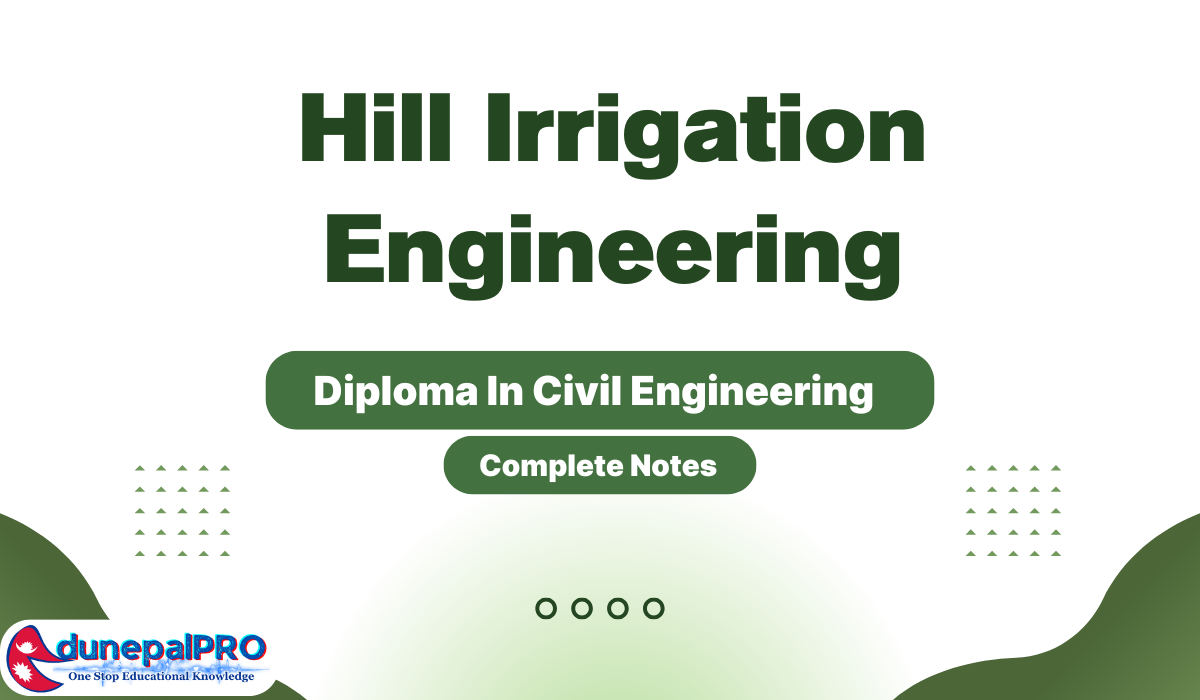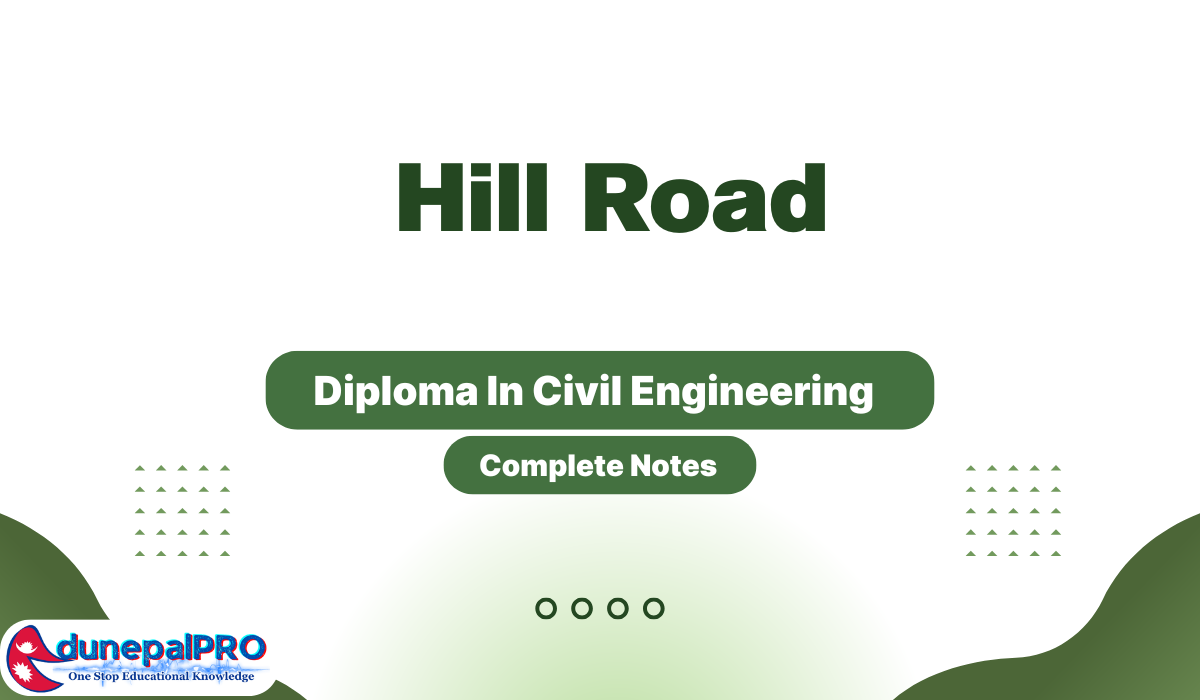What is the purpose of a plumb bob in construction?
a) To measure horizontal distances
b) To mark reference points on the ground
c) To establish a level reference line
d) To measure the depth of a foundation
View Answer
Answer: c) To establish a level reference line
Explanation: A plumb bob is used to determine vertical alignment and establish a true vertical line.
Which construction method involves assembling pre-fabricated components off-site and then transporting them to the construction site for final assembly?
a) Cast-in-place construction
b) Traditional construction
c) Modular construction
d) Slipforming
View Answer
Answer: c) Modular construction
Explanation: Modular construction involves building components in a factory or off-site facility and then assembling them on-site.
What is the purpose of formwork in concrete construction?
a) To provide insulation to the concrete
b) To protect the concrete from weather elements
c) To shape and support the concrete until it gains strength
d) To enhance the aesthetics of the concrete surface
View Answer
Answer: c) To shape and support the concrete until it gains strength
Explanation: Formwork is used to create the desired shape and support the concrete during the curing process until it gains sufficient strength.
What does HVAC stand for in building services?
a) Heating, Ventilation, and Air Conditioning
b) House Ventilation and Cooling
c) High Voltage Alternating Current
d) Home Ventilation and Climate
View Answer
Answer: a) Heating, Ventilation, and Air Conditioning
Explanation: HVAC refers to the systems used for indoor environmental comfort, including heating, ventilation, and air conditioning.
Which type of heating system uses water or steam to distribute heat throughout a building?
a) Forced-air heating
b) Radiant heating
c) Baseboard heating
d) Hydronic heating
View Answer
Answer: d) Hydronic heating
Explanation: Hydronic heating systems use water or steam circulated through pipes or radiators to provide heat.
What is the purpose of a sump pump in a building’s basement?
a) To circulate hot water in the heating system
b) To remove rainwater or groundwater to prevent flooding
c) To control the indoor air quality
d) To pump water into the overhead water tank
View Answer
Answer: b) To remove rainwater or groundwater to prevent flooding
Explanation: Sump pumps are used to remove water from building basements and prevent flooding during heavy rains or rising groundwater levels.
Which building service is responsible for maintaining a safe and healthy indoor environment by controlling temperature, humidity, and air quality?
a) Lighting systems
b) Plumbing systems
c) HVAC systems
d) Communication systems
View Answer
Answer: c) HVAC systems
Explanation: HVAC systems are responsible for controlling temperature, humidity, and air quality to ensure a comfortable and healthy indoor environment.
What is the purpose of a backflow preventer in a plumbing system?
a) To regulate water pressure in the pipes
b) To prevent clogs in the drainage system
c) To ensure a continuous supply of water during power outages
d) To prevent the reverse flow of contaminated water into the main water supply
View Answer
Answer: d) To prevent the reverse flow of contaminated water into the main water supply
Explanation: Backflow preventers are used to prevent the contamination of the main water supply by stopping the reverse flow of water from a building’s plumbing system.
Which type of bridge is characterized by its long, curved structure resembling an arch and is often used to span large distances?
a) Suspension bridge
b) Cable-stayed bridge
c) Arch bridge
d) Beam bridge
View Answer
Answer: c) Arch bridge
Explanation: Arch bridges have a curved shape that distributes the load effectively and is suitable for spanning large distances.
What is the primary purpose of a culvert in local infrastructures?
a) To carry stormwater and surface runoff under roads or railways
b) To provide shade and shelter for pedestrians
c) To reduce traffic congestion
d) To collect and store rainwater for irrigation
View Answer
Answer: a) To carry stormwater and surface runoff under roads or railways
Explanation: Culverts are used to allow the flow of water under roads, railways, or other structures to prevent flooding and erosion.





